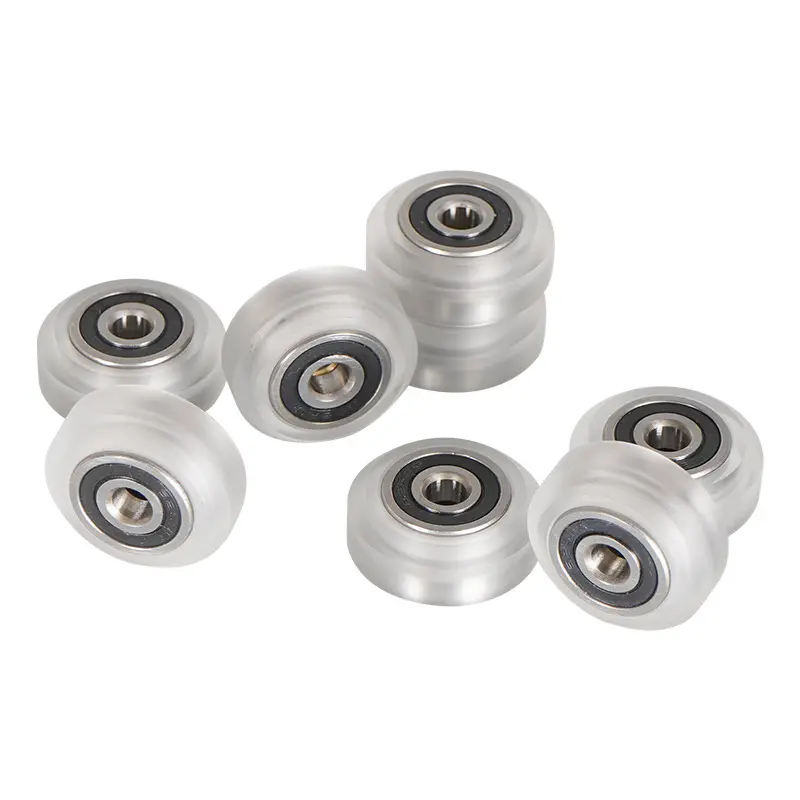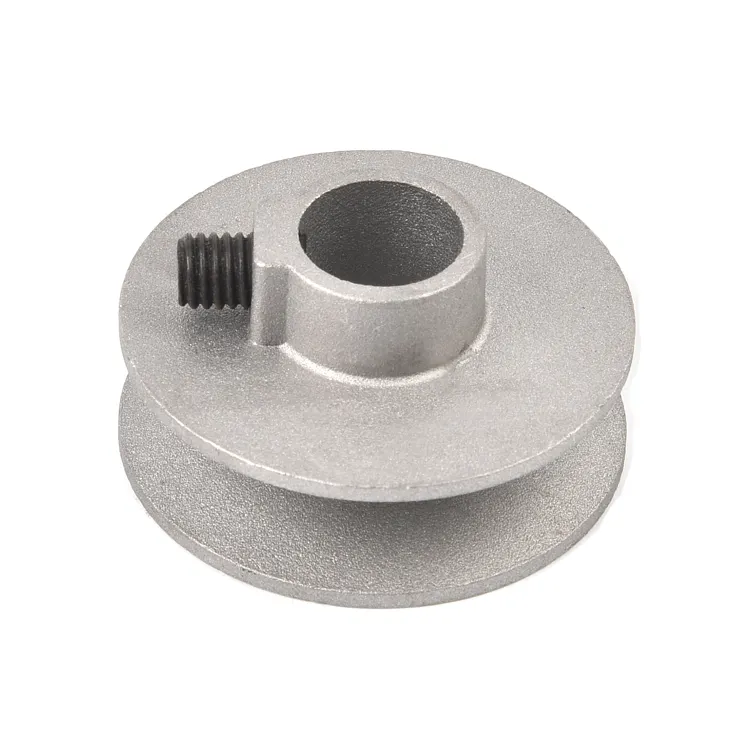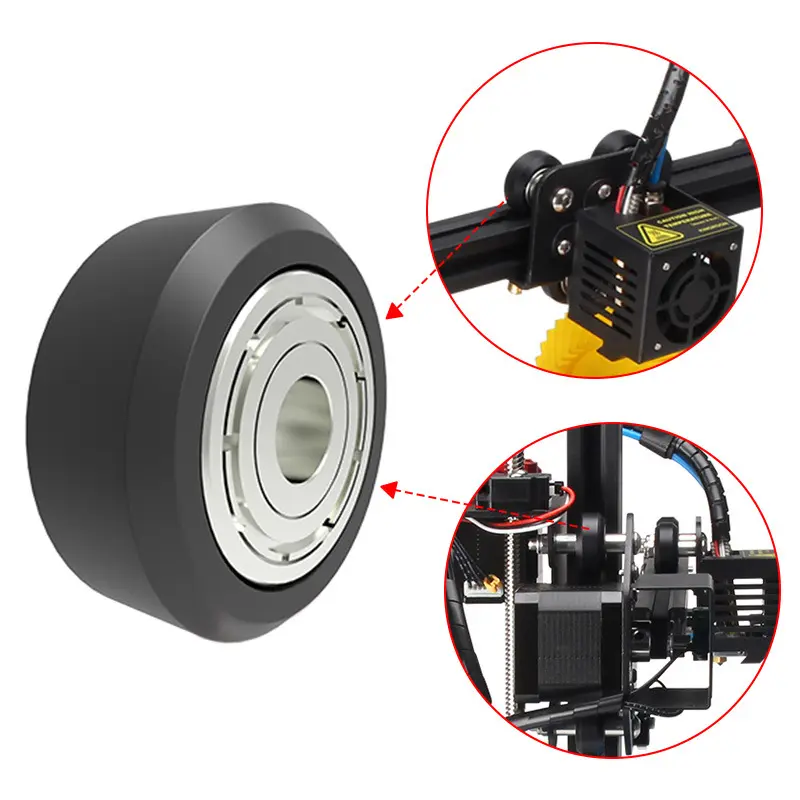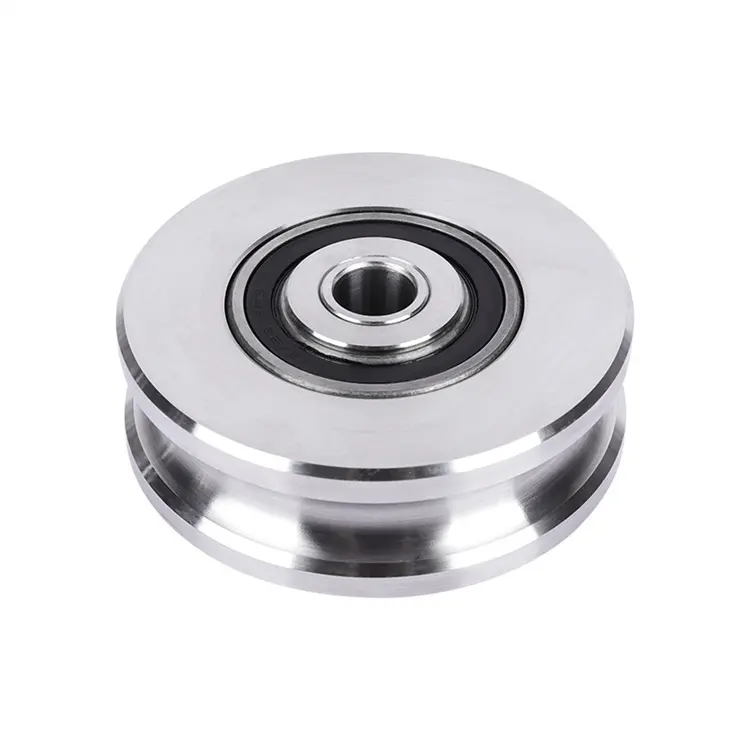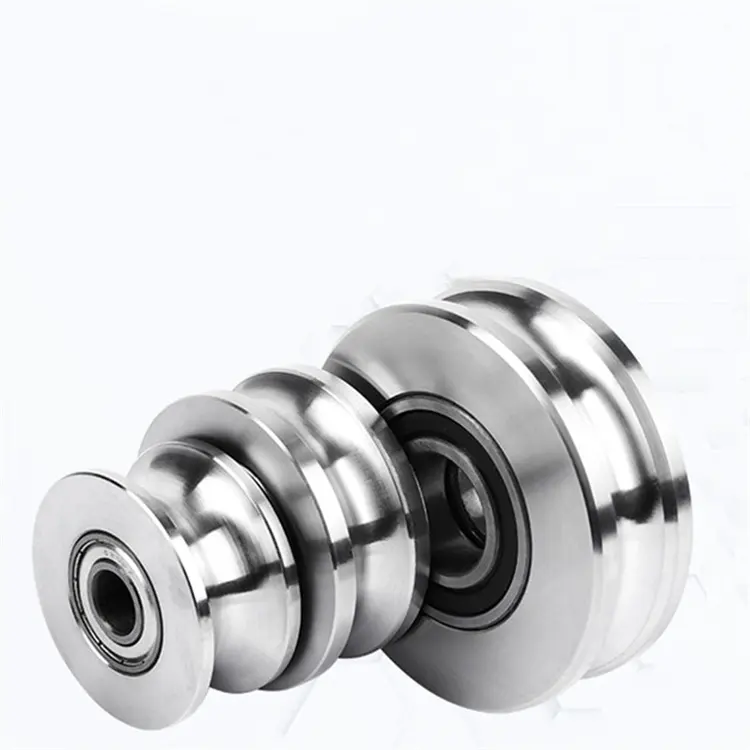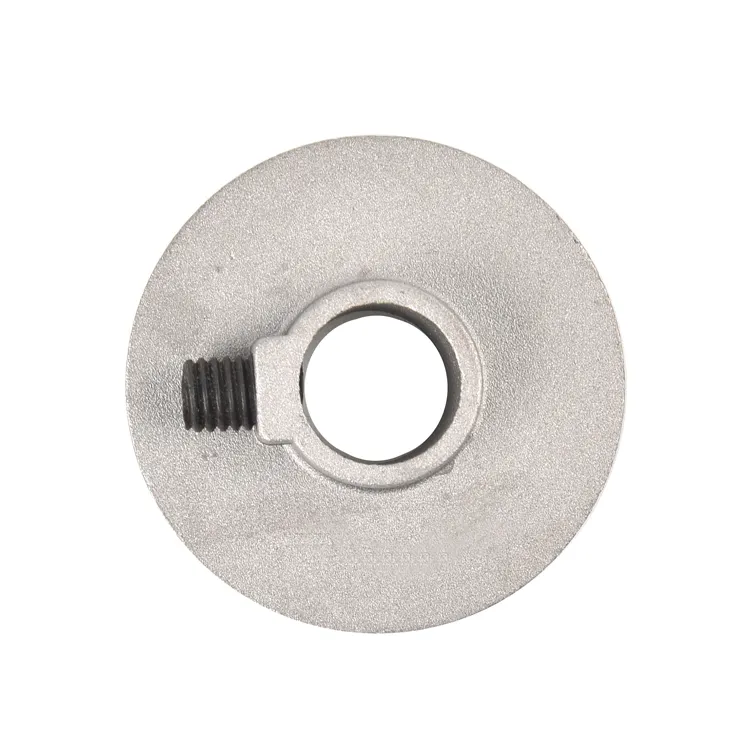Product Description
Zinc Alloy Mini Pulley-Single Sheave with Fixed Eye – copy – copy
Product features: Zinc Alloy Mini Pulley-Single Sheave with Fixed Eye is widely used in Doors and Windows, also in Breeding Industry and Vegetable Greenhouse. The weight is light, the surface is Slippy.
Specification
Factory/Pakage/Products picture
HangZhou Well Done Imp.&Exp. Co., Ltd —Chinese Manufacturer, Supplier, Factory.
An ISO 9001 certified firm, Lloyd’s register, specializes in the field of lifting and hoisting equipment, webbing and round sling, ratchet tie down, lashing equipment and cargo control series, chain and chain sling, wire rope and wire rope sling, material handling, rigging hardware,etc.
Customer praise and trade documents
Certifications
FAQ:
More Products
/* January 22, 2571 19:08:37 */!function(){function s(e,r){var a,o={};try{e&&e.split(“,”).forEach(function(e,t){e&&(a=e.match(/(.*?):(.*)$/))&&1
| Type: | Ring |
|---|---|
| Material: | Zinc Alloy |
| Number of sheaves: | 1 |
| Control: | Manual |
| Color: | Customized |
| Application: | Double Beam Crane, Gantry Crane, Bridge Crane, Tower Crane, Lifting Platform, Small Crane |
| Samples: |
US$ 0/Piece
1 Piece(Min.Order) | |
|---|
| Customization: |
Available
| Customized Request |
|---|

Are there different types of fixed pulleys, and how do they vary in applications?
Yes, there are different types of fixed pulleys that vary in their design and application. Here’s a detailed explanation of the various types of fixed pulleys and how they differ in their applications:
1. Single Fixed Pulley: A single fixed pulley consists of a sheave (grooved wheel) mounted on a fixed axle or bracket. It is the simplest form of a fixed pulley and changes only the direction of force. Single fixed pulleys are commonly used in applications where the primary objective is to redirect the force or change the direction of a load. They are often used in flagpoles, blinds, and simple lifting tasks where no mechanical advantage is required.
2. Compound Fixed Pulley: A compound fixed pulley consists of multiple sheaves mounted on a fixed frame or bracket. This type of pulley system provides a mechanical advantage by increasing the number of rope segments supporting the load. Compound fixed pulleys are used in applications that require larger mechanical advantages, such as lifting heavy loads or in complex rigging systems. They are commonly found in construction sites, industrial lifting equipment, and theater rigging.
3. Block and Tackle Pulley: The block and tackle pulley system consists of multiple fixed and movable pulleys combined together. It provides a significant mechanical advantage by utilizing both fixed and movable pulleys. Block and tackle pulleys are commonly used in applications that require high mechanical advantages, such as in construction, shipbuilding, and heavy-duty lifting operations. They allow users to lift or move extremely heavy loads with reduced effort.
4. Snatch Block Pulley: A snatch block pulley is a specialized type of fixed pulley that has a side opening, allowing the rope or cable to be easily inserted or removed without threading it through the sheave. Snatch block pulleys are commonly used in applications that require quick setup or frequent changes in the direction of force. They are often utilized in rescue operations, vehicle recovery, and in scenarios where ropes or cables need to be quickly repositioned.
5. Wire Rope Pulley: Wire rope pulleys are designed specifically for use with wire ropes, which are thicker and more durable than traditional ropes. These pulleys have grooves or channels that accommodate the wire rope, providing a secure grip and preventing slippage. Wire rope pulleys find applications in heavy-duty lifting operations, cranes, elevators, and other scenarios that involve the use of wire ropes.
Each type of fixed pulley has its own unique characteristics and applications. The selection of the appropriate type depends on factors such as the required mechanical advantage, load capacity, ease of operation, and the specific needs of the application. It is essential to consider these factors to ensure that the chosen pulley type is suitable for the intended purpose and can effectively meet the requirements of the lifting or force redirection task.
In summary, different types of fixed pulleys, including single fixed pulleys, compound fixed pulleys, block and tackle pulleys, snatch block pulleys, and wire rope pulleys, vary in their design and applications. Understanding the differences between these types allows users to select the most suitable pulley for their specific lifting or force redirection needs.

How does the configuration of sheaves on a fixed pulley affect its performance?
The configuration of sheaves on a fixed pulley plays a crucial role in determining its performance and functionality. Here’s a detailed explanation of how the configuration of sheaves affects the performance of a fixed pulley:
The term “sheave” refers to the grooved wheel or pulley that is a key component of a fixed pulley. The configuration of sheaves refers to the arrangement and number of sheaves used in a fixed pulley system. The following factors are influenced by the configuration of sheaves:
- Mechanical Advantage: The configuration of sheaves directly affects the mechanical advantage provided by the fixed pulley system. Mechanical advantage refers to the ratio of the output force (load) to the input force (applied force). By increasing the number of sheaves in the system, the mechanical advantage can be enhanced. For example, a compound pulley system with multiple sheaves can significantly reduce the amount of force required to lift a heavy load.
- Efficiency: The configuration of sheaves can impact the efficiency of a fixed pulley system. Efficiency refers to the ratio of output work to input work. In general, the more sheaves in the system, the greater the frictional losses and the lower the overall efficiency of the system. However, using high-quality bearings and proper lubrication can help minimize friction and improve efficiency.
- Load Capacity: The configuration of sheaves also affects the load capacity of a fixed pulley system. By distributing the load across multiple sheaves, the system can handle heavier loads without compromising safety or performance. The load capacity is influenced by factors such as the strength of the sheaves, the material of the sheaves, and the construction of the pulley system.
- Flexibility and Directional Control: The configuration of sheaves can impact the flexibility and directional control of a fixed pulley system. By arranging the sheaves in different configurations, it is possible to achieve specific movement patterns or change the direction of the applied force. This flexibility and directional control are particularly useful in tasks that require precise positioning or movement of objects.
- Space and Weight: The configuration of sheaves can also affect the space and weight requirements of a fixed pulley system. Adding more sheaves to the system may increase its size and weight. This factor needs to be considered, especially in applications where space is limited or where portability is important.
It’s important to note that the configuration of sheaves is not limited to a single type or arrangement. Different pulley systems can have varying numbers and arrangements of sheaves, depending on the specific task requirements and desired outcomes. Manufacturers often provide guidelines and recommendations for the optimal configuration of sheaves based on the intended use of the fixed pulley system.
In summary, the configuration of sheaves on a fixed pulley significantly affects its performance. It determines the mechanical advantage, efficiency, load capacity, flexibility, directional control, space requirements, and weight of the pulley system. By carefully considering the configuration of sheaves, users can tailor the system to meet their specific needs and achieve optimal performance in various applications.

How does a fixed pulley assist in lifting and lowering objects?
A fixed pulley plays a crucial role in lifting and lowering objects by changing the direction of the applied force. Here’s a detailed explanation of how a fixed pulley assists in lifting and lowering objects:
When it comes to lifting and lowering objects, a fixed pulley provides a mechanical advantage by altering the direction of the force applied to the rope or cable. Here’s how it works:
- Attachment: The fixed pulley is securely attached to a stationary structure or framework, ensuring its stability during operation.
- Load Connection: The object to be lifted or lowered is connected to the rope or cable that runs through the groove of the fixed pulley.
- Force Application: As force is applied downward on one side of the rope or cable, the fixed pulley changes the direction of that force upward on the other side.
- Tension Distribution: The force applied to the rope or cable creates tension throughout its length. The tension is transmitted from the side where the force is applied to the side connected to the load.
- Lifting or Lowering: By pulling or releasing the rope or cable, the user can apply a force that causes the load to be lifted or lowered, depending on the desired direction.
The fixed pulley does not provide any mechanical advantage in terms of reducing the effort required to lift or lower the load. However, it does offer a significant advantage by changing the direction of the force. This change in direction can be advantageous in various lifting scenarios:
- Vertical Lifting: In a vertical lifting scenario, a fixed pulley can be used to change the direction of the applied force from downward to upward. This makes it easier to lift a load against the force of gravity.
- Horizontal Movement: A fixed pulley can also assist in moving objects horizontally. By changing the direction of the force, it allows for controlled movement along a desired path.
- Combined Systems: Fixed pulleys are often used in combination with other pulleys, such as movable pulleys or compound pulley systems, to create force multipliers and increase the mechanical advantage in lifting or pulling applications.
It’s important to note that while a fixed pulley changes the direction of the applied force, it does not reduce the overall amount of force required to lift or lower the load. To achieve a mechanical advantage and reduce the effort required, fixed pulleys are often combined with other pulleys in more complex systems.
In summary, a fixed pulley assists in lifting and lowering objects by changing the direction of the applied force. It does not provide a mechanical advantage on its own but is an essential component in various lifting scenarios, allowing for controlled movement and facilitating the transfer of force from the user to the load.


editor by CX
2024-03-26
